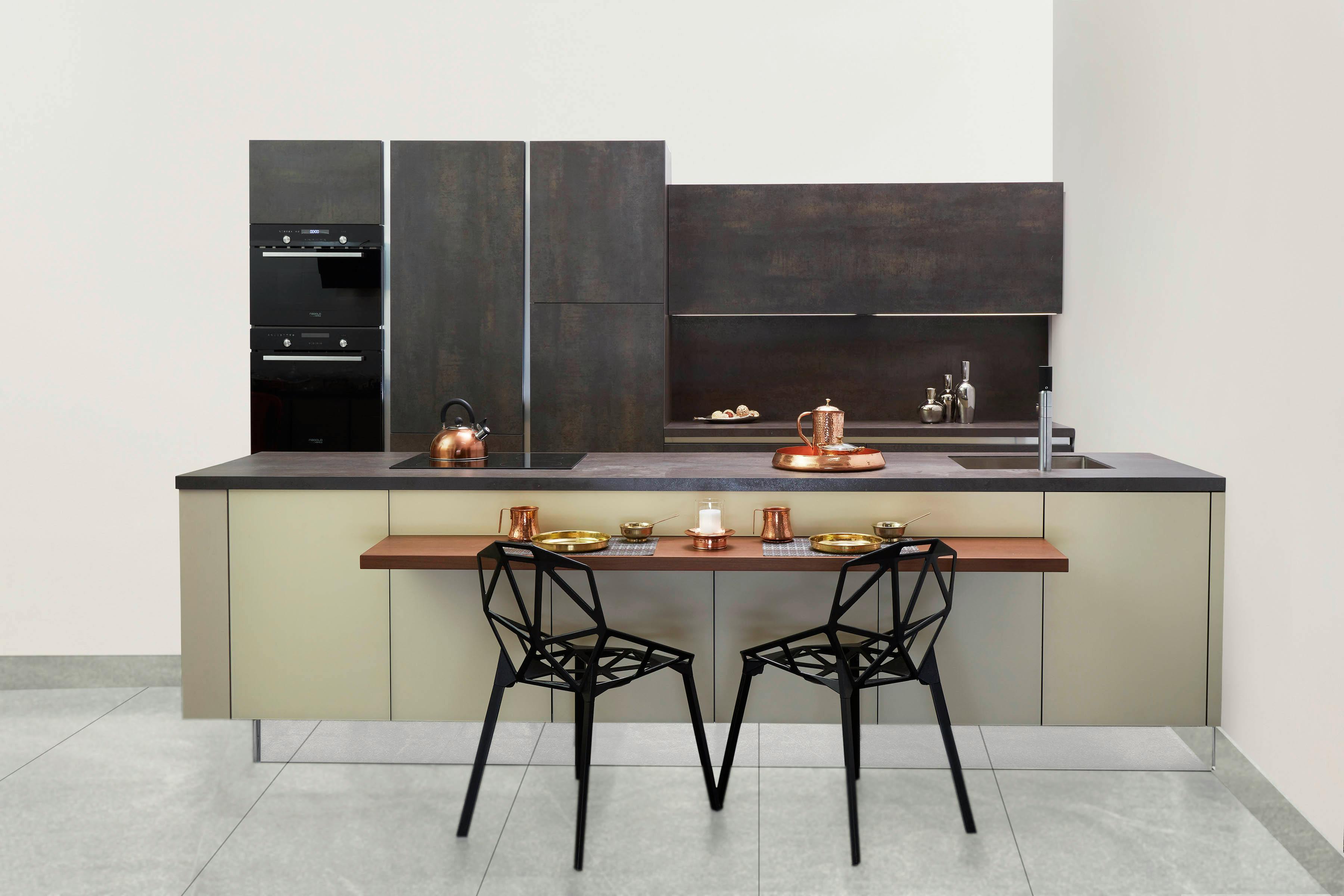If you’re considering remodeling your own kitchen and bathroom, dismantling your old cabinets is an important part of the project. Here are some tips to help you get the job done smoothly.
Arrange to dispose of the debris:
Start by figuring out how and where you will get rid of old cabinets and other junk. Although you might think you can save or reuse some of the cabinets, you’ll usually end up needing most items to be trashed. Call a roll-off company or make other arrangements that will allow you to remove the debris when you’re done. Keeping the existing cabinets in your garage or some other location will only make it more difficult when you start installing the new cabinets.
Remove all cabinet doors, drawers, and shelves:
It is usually very easy to remove cabinet doors. Remove all doors, pull out drawers, and remove any loose shelves or other loose items from cabinets. This will also make them lighter and easier to move when you take out the actual cabinets.
Disconnect and remove appliances:
With the doors and shelves out, it will be easier to see if there are electrical or water connections in the cabinets that are connected to your appliances. Be sure to turn off the water before unplugging items like sinks and dishwashers. And turn off electrical switches and any other electrical services in your kitchen while you remove appliances and cabinets.
Remove the existing countertop:
Look inside the base cabinets and find the screws where the countertop attaches. In some cases, there may also be screws holding the countertop to the back wall. Remove any type of screws or other hardware and remove the countertops before you start pulling out the cabinets. One special thing to consider is your dishwasher. It may be easier to uninstall and remove the dishwasher after you get rid of the countertop.
Remove the base cabinets first:
Once you’ve removed the countertop and all appliances, look inside the base cabinets and remove any screws or fasteners holding them to the back wall or floor. You can make your job a lot easier by removing the lower cabinets before you start on the tall cabinets. Once the base cabinets are out of the way, it will be easier to get under the wall cabinets and support them while they are unbolted from the wall.
There may be full-length foot straps on the bottom of the base cabinets. It’s easiest if you first remove these strips before you start pulling out the individual cabinets.
If your cabinets are built with a face frame construction, there may be screws connecting each cabinet to the one on its side that goes through the face frame. Be sure to find and delete them as it will be much easier to separate each individual cabinet.
Remove wall cabinets:
After removing the base units, you will need to remove the screws that hold the wall cabinets to the wall. Be careful when working with these and make sure you have enough help on hand to support the cabinets while they are being disassembled. If you have crown molding or other trim that extends across the top of the cabinets, get rid of this before you start on the individual cabinets.
Take out the remaining tall cabinets:
Now you should only have tall (floor to ceiling) cabinets left. As before, move them away from the wall. Be careful when tilting them down to move them and make sure the top corners don’t catch and damage the ceiling or other fixtures. Moving these is also a two man job so have help available.
Clean up any leftover items:
There may still be hanging strips attached to the wall or other items from the cabinet’s previous installation. Remove and clean any remaining items. If you do not intend to redo your kitchen or bathroom walls, take as much care as possible so as not to damage the walls or plaster.
The floor under the base cabinets may be lower or may not be covered by the existing kitchen floor. This is often common, since it is not profitable to put expensive flooring under the cabinets. But be sure to keep this in mind when installing your new cabinets. You may want to keep some of the old shelves or parts of your old cabinets to use as build-up if you need them under your new cabinets.
Now that you’ve ripped everything out, packed everything you can use, and everything else in the dumpster ready to be hauled, your job is done. Now you’ll be able to check things out and make sure you’re ready to install your new kitchen and bathroom remodel cabinets.
